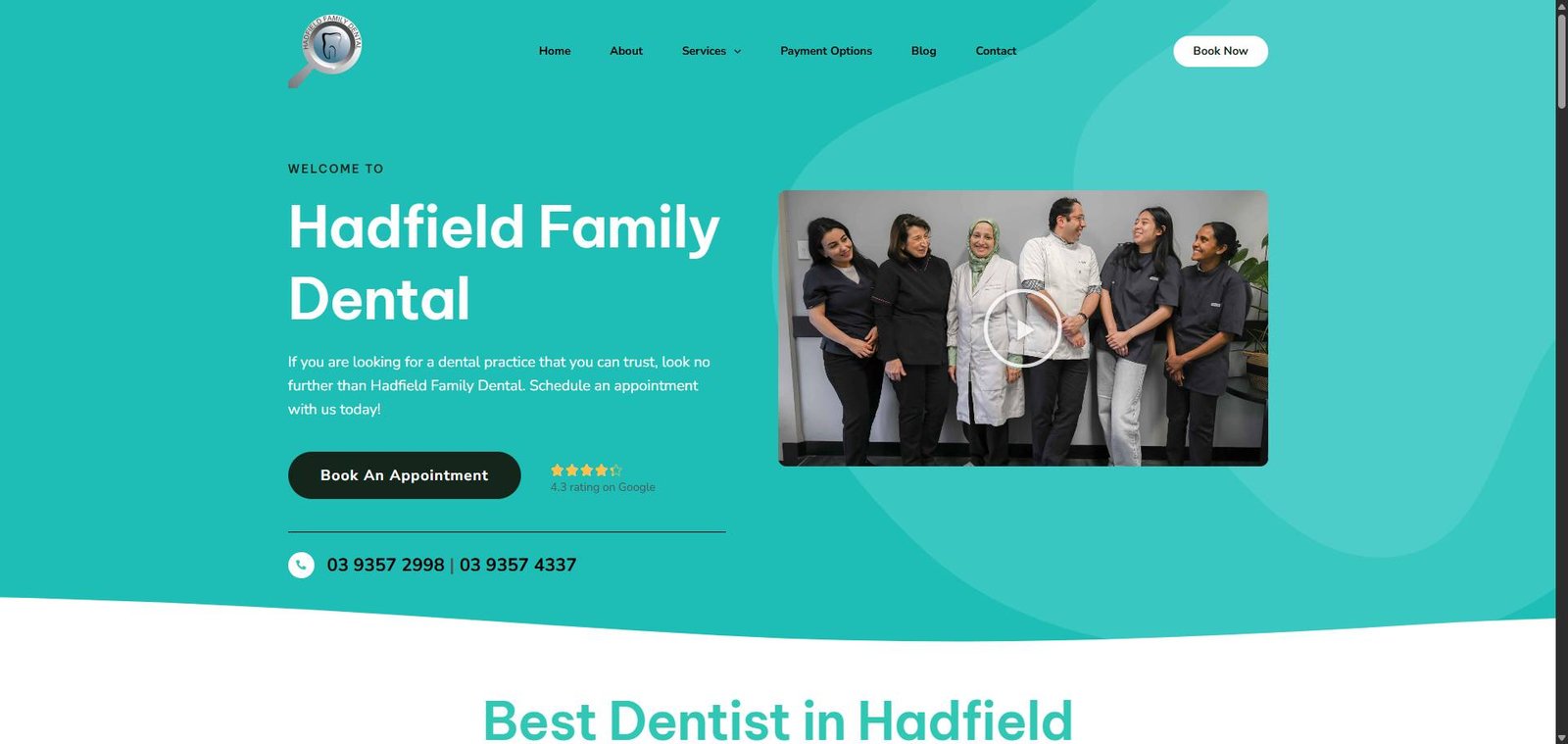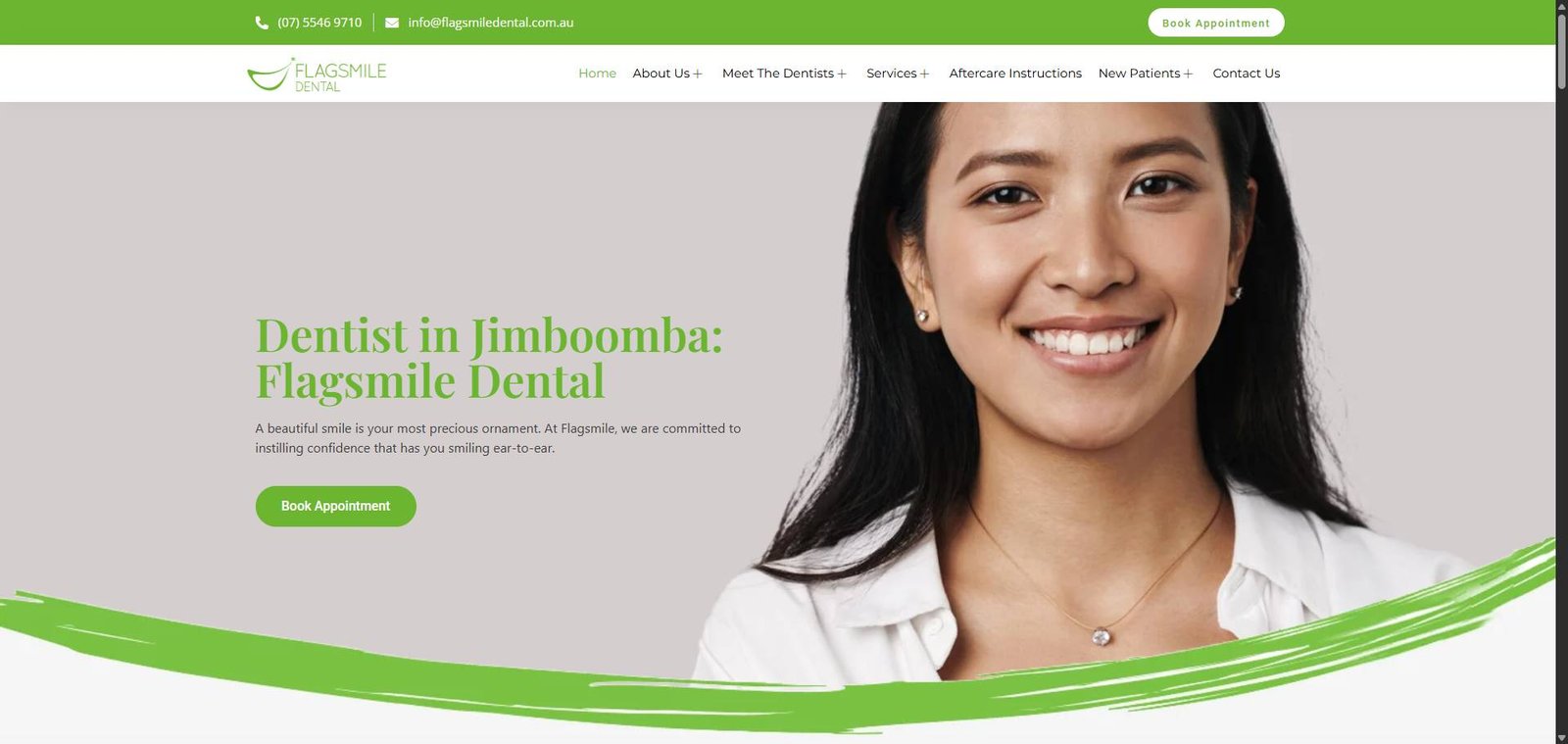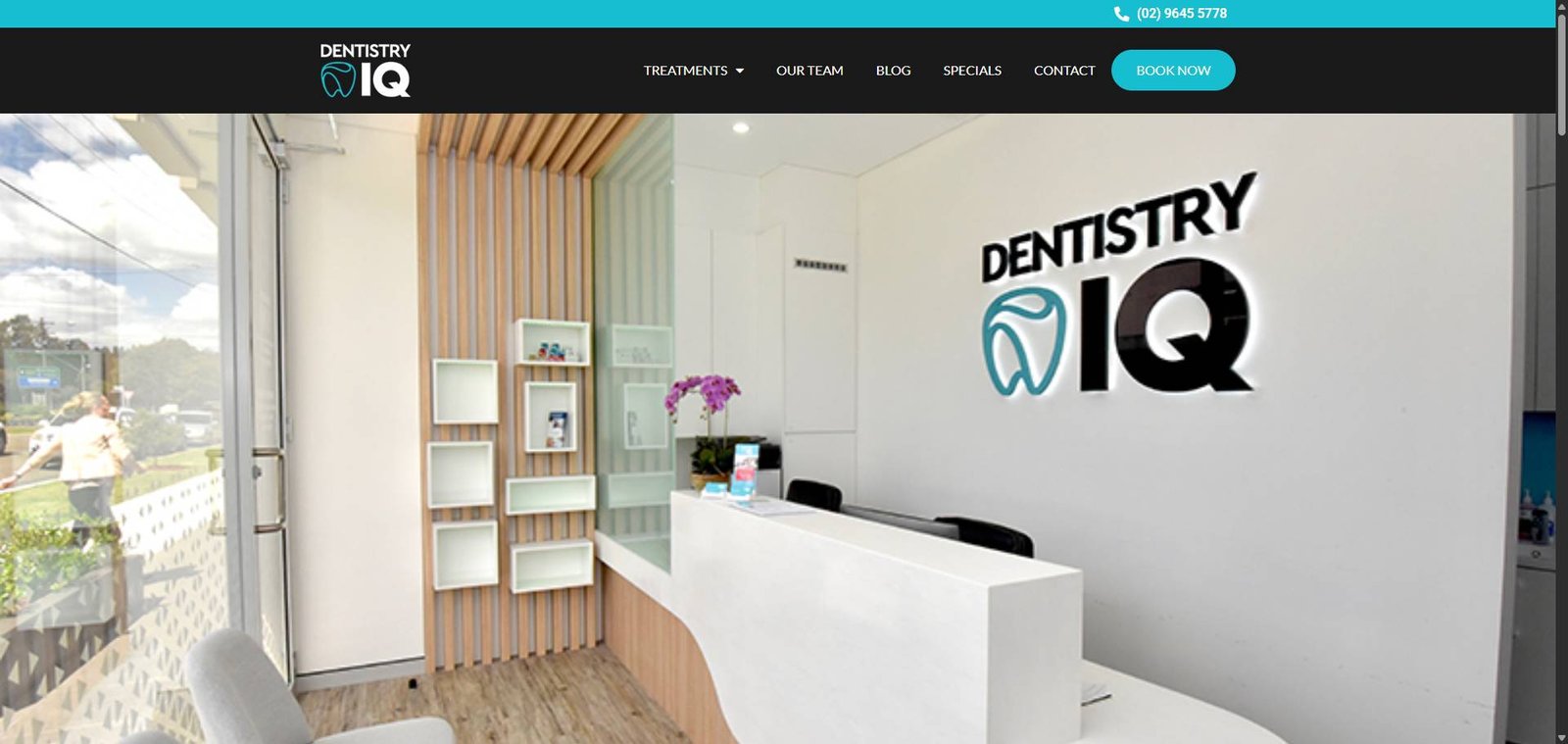Cardiology practices face unique local SEO challenges because they must capture both emergency heart-related searches and routine cardiac care queries. Someone experiencing chest pain needs to find help immediately, while a patient managing high blood pressure wants ongoing care from a trusted cardiologist. Your local search optimization must serve both urgent and routine cardiac care needs effectively.
The key to cardiology local SEO success lies in understanding the dual nature of your patient base and creating content that ranks well for both emergency situations and planned cardiac care. When optimized correctly, your practice can dominate local search results across the full spectrum of cardiovascular health queries.
Understanding Cardiac Search Intent Patterns
Cardiology searches vary dramatically in urgency and intent, requiring different optimization approaches for different patient needs.
Emergency cardiac searches include terms like “chest pain doctor near me,” “heart attack symptoms,” or “emergency cardiologist.” These searches demand immediate response and clear contact information.
Routine cardiac care searches involve terms like “cardiologist near me,” “heart health checkup,” or “blood pressure management.” These patients want quality care but aren’t in immediate distress.
Preventive heart health searches come from people interested in maintaining cardiovascular wellness. Terms like “heart health screening” or “cardiac risk assessment” indicate proactive healthcare seeking.
Specialty procedure searches target specific treatments like “cardiac catheterization,” “pacemaker clinic,” or “heart rhythm specialist.” These patients often have referrals but research providers before booking.
Insurance and logistics searches help patients find covered providers or convenient locations for ongoing cardiac care management.
Optimizing for Emergency Cardiac Care Searches
Emergency cardiology SEO requires immediate accessibility and clear communication about urgent care availability.
After-hours availability should be prominently featured if you offer emergency cardiac consultations or work with emergency departments. Clear information about when and how patients can access urgent cardiac care builds trust during crisis situations.
Symptom recognition content helps patients understand when cardiac symptoms require immediate attention. Educational content about heart attack signs, chest pain evaluation, and when to seek emergency care demonstrates expertise while providing community value.
Hospital affiliation information should be clearly displayed since many cardiac emergencies involve hospital-based care. Patients want to know which facilities you work with and how to access your services during emergencies.
Response time expectations help patients understand how quickly they can expect to be seen for urgent cardiac concerns. Clear communication about emergency protocols reduces patient anxiety.
Geographic coverage for emergency services should be clearly defined. Patients need to know your service area for urgent cardiac consultations and emergency department coverage.
Building Authority for Routine Cardiac Care
Routine cardiology local SEO focuses on demonstrating expertise in long-term cardiovascular health management and preventive care.
Chronic condition management content should address common cardiovascular conditions like hypertension, high cholesterol, arrhythmias, and heart failure management. These topics attract patients seeking ongoing care.
Preventive cardiology optimization captures searches from health-conscious individuals interested in cardiovascular risk assessment and heart disease prevention strategies.
Diagnostic testing education about procedures like stress tests, echocardiograms, and cardiac catheterization helps patients understand what to expect while demonstrating your comprehensive diagnostic capabilities.
Treatment approach information should explain your philosophy toward cardiac care, medication management strategies, and coordination with other healthcare providers.
Patient education resources about heart-healthy lifestyle modifications, medication compliance, and symptom monitoring provide ongoing value while building authority.
Google Business Profile Optimization for Cardiology
Your Google Business Profile must serve both emergency and routine cardiac care searches while building trust for life-threatening health decisions.
Service category selection should prioritize “Cardiologist” as primary with additional categories like “Heart Health Clinic” or “Medical Clinic” to capture broader searches.
Business description optimization should mention both emergency availability and routine cardiac services. Include key terms like “heart disease,” “chest pain evaluation,” “cardiac testing,” and “preventive cardiology.”
Professional credentials should be prominently featured since cardiovascular health decisions involve high stakes. Board certifications, hospital affiliations, and years of experience build immediate trust.
Patient communication through Google Business messaging should be monitored closely since cardiac patients may have urgent questions or concerns.
Regular content posting should alternate between emergency cardiac care information and routine cardiovascular health education to serve both patient types.
Location-Based Optimization for Cardiac Services
Cardiology practices often serve patients who are willing to travel for specialized care, but emergency cardiac services require immediate geographic accessibility.
Service area definition should clearly communicate how far patients should travel for routine versus emergency cardiac care. Emergency services need tight geographic focus.
Multiple location optimization becomes important for larger cardiology practices with several offices. Each location needs optimization for local searches while maintaining brand consistency.
Hospital proximity should be emphasized for practices located near major medical centers. Patients value convenient access to emergency cardiac services and advanced procedures.
Transportation and accessibility information helps patients understand how to reach your practice quickly during cardiac emergencies or for patients with mobility limitations.
Competitor analysis in your local market helps identify opportunities to differentiate your services and capture searches that competitors might be missing.
Content Strategy for Different Cardiac Conditions
Cardiology local SEO must address diverse cardiovascular conditions while maintaining expertise credibility across different areas of heart health.
Hypertension management content targets the largest population of cardiac patients. Information about blood pressure monitoring, medication management, and lifestyle modifications attracts ongoing care patients.
Heart rhythm disorders content serves patients with arrhythmias, pacemaker needs, or sudden cardiac death concerns. This specialized content demonstrates expertise in complex cardiac conditions.
Coronary artery disease information appeals to patients with diagnosed heart disease who need ongoing management and potential intervention procedures.
Heart failure management content serves a growing patient population requiring specialized, ongoing cardiac care and close monitoring.
Preventive cardiology appeals to patients interested in risk assessment, cardiac screening, and heart disease prevention strategies.
Emergency Response and Crisis SEO
Cardiology practices must optimize for searches that happen during medical emergencies while providing appropriate guidance that doesn’t replace emergency medical services.
Emergency symptom education should clearly direct patients to emergency services when appropriate while explaining when cardiology consultation is needed for non-emergency chest pain or cardiac concerns.
Crisis communication protocols in your online content should explain how patients can reach you during cardiac emergencies while emphasizing appropriate emergency room utilization.
Urgent appointment availability should be clearly communicated for cardiac concerns that need rapid but not emergency attention, such as new chest pain or concerning symptoms.
Emergency department collaboration information helps patients understand how you coordinate care with emergency services for cardiac events requiring immediate attention.
Family communication guidance can help family members understand when cardiac symptoms require immediate emergency care versus specialist consultation.
Local Link Building for Cardiology Authority
Building local authority for cardiology requires connections with other healthcare providers, hospitals, and community health organizations that refer cardiac patients.
Hospital relationship building through online presence coordination helps establish your role in local cardiac care networks and emergency response systems.
Primary care physician networking can generate referrals for cardiac consultations and ongoing specialized care management.
Specialty collaboration with other cardiovascular specialists, cardiac surgeons, or electrophysiologists can build comprehensive care networks.
Community health participation in heart health awareness campaigns, health fairs, or educational seminars builds local authority and trust.
Professional organization involvement demonstrates ongoing commitment to cardiovascular medicine excellence and current best practices.
Tracking Local SEO Performance for Cardiac Services
Measuring cardiology local SEO success requires tracking both emergency and routine care patient acquisition while understanding the unique metrics that matter for cardiovascular practices.
Emergency vs routine traffic analysis helps you understand whether your optimization successfully captures both urgent and planned cardiac care searches.
Geographic reach assessment shows whether you’re attracting patients from appropriate distances for different types of cardiac services.
Conversion rate analysis by search type helps optimize for the searches that bring the most qualified patients who actually book and attend appointments.
Patient source tracking from local search helps you understand which optimization efforts drive the most valuable cardiac patient acquisition.
Competitive positioning monitoring shows how you rank against other cardiologists and general practitioners who also provide cardiac care services.
Integration with Emergency Response Systems
Cardiology local SEO must coordinate with broader emergency response and referral systems to provide appropriate patient care during cardiac events.
Emergency department coordination should be reflected in your online presence to help patients understand how you work with emergency services for cardiac care.
Referral system optimization helps ensure that other healthcare providers can easily find and refer patients to your practice for cardiac consultation and management.
Telemedicine integration for appropriate cardiac consultations should be optimized for local searches as more patients seek convenient access to cardiac expertise.
Follow-up care coordination with hospitals and other providers should be highlighted to show your comprehensive approach to cardiac patient management.
Cardiology local SEO success requires balancing immediate emergency needs with ongoing relationship building for chronic cardiac care management. By optimizing for both urgent and routine cardiac searches while building local authority through comprehensive cardiovascular expertise, cardiology practices can capture the full spectrum of local cardiac care opportunities.
Conclusion
Cardiology practices must optimize for life-threatening emergencies and ongoing care simultaneously. Success requires understanding the different search behaviors between cardiac crisis situations and routine heart health management.
We understand the unique challenges of cardiology local search optimization. Pracxcel creates strategies that capture both emergency cardiac searches and routine care opportunities. Get in touch to become your community’s go-to heart health expert.







